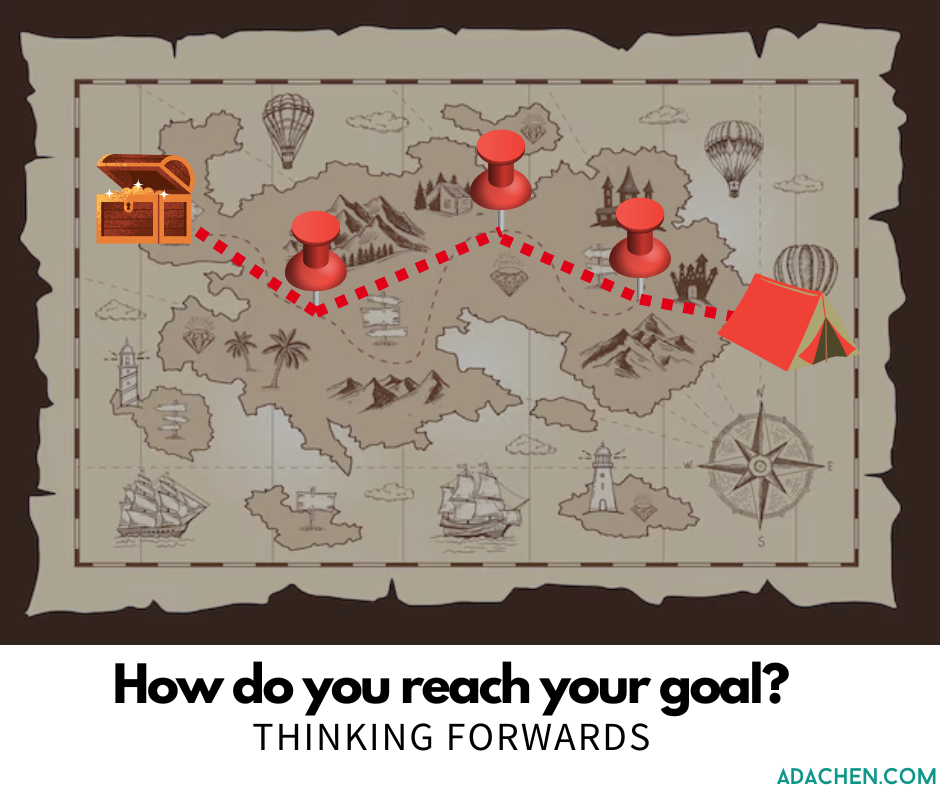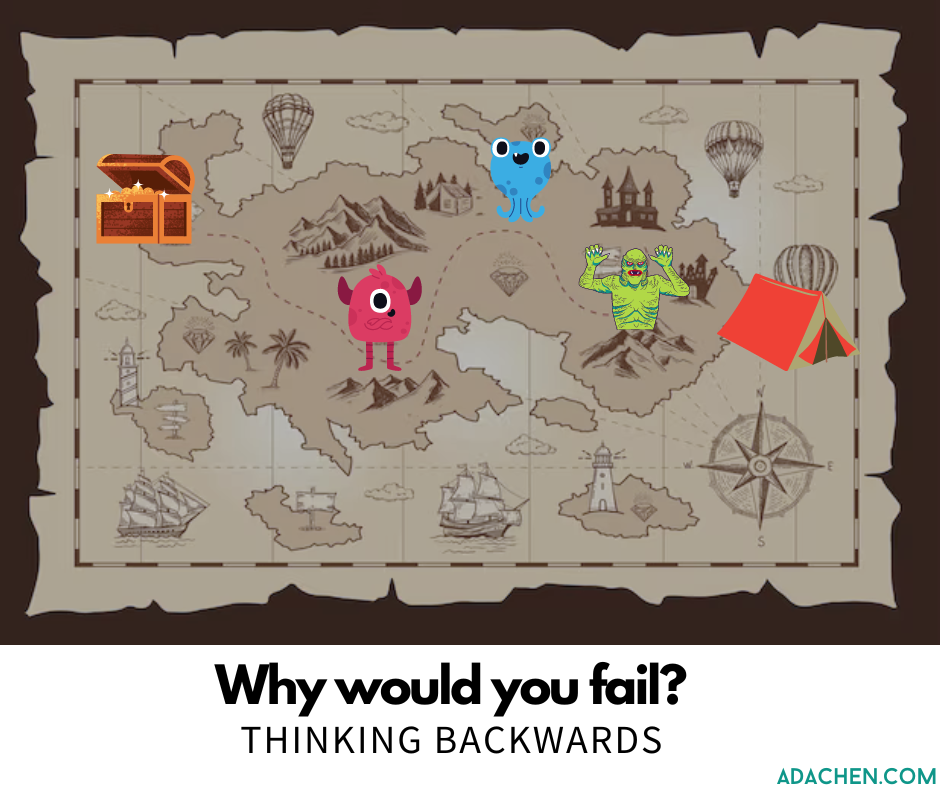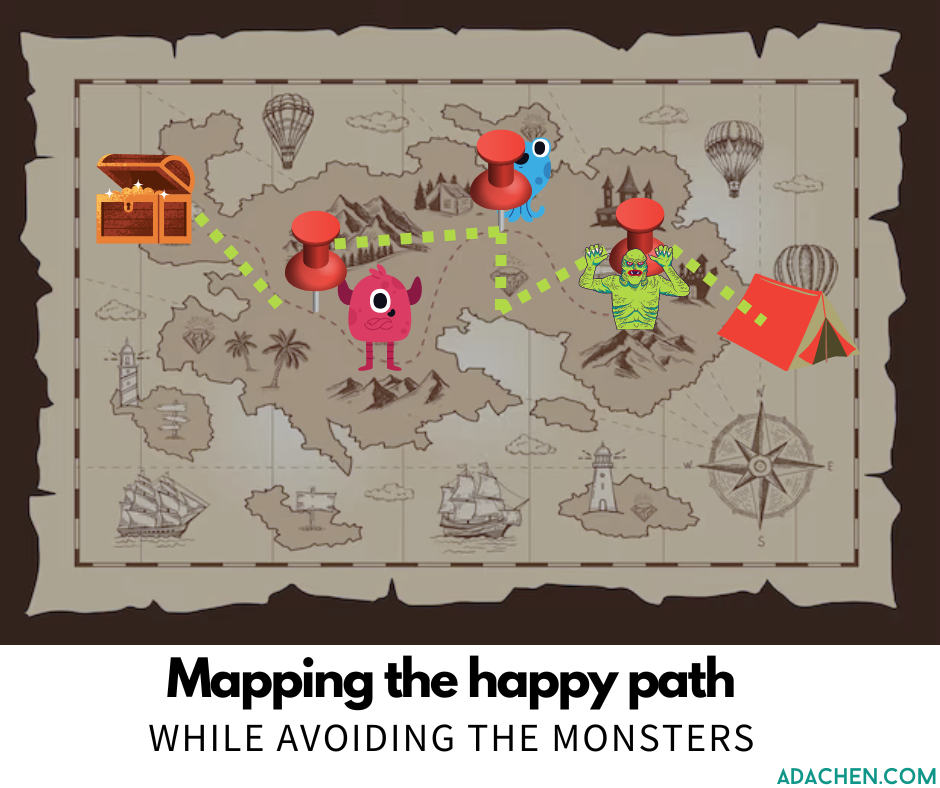One of the most critical challenges for startups is putting together an execution plan for success. Rather than focusing on what a shiny outcome would be, an incredibly powerful tool is to consider what a crap outcome would look like and avoiding that.
Charlie Munger, Warren Buffett’s late business partner, was often quoted saying “It is remarkable how much long-term advantage people like us have gotten by trying to be consistently not stupid, instead of trying to be very intelligent.”
What he’s referencing is the power of inversion thinking, where you can look at a problem or situation differently by turning it upside down and sideways. Instead of trying to map out a very aggressive plan relying on smarts to win, also map out a defensive one guarding against obvious stupid mistakes.
This is especially valuable for startups because not only are you solving difficult and challenging problems, but you’re also doing it in situations of high ambiguity. Even if you execute flawlessly, will it work? While there’s a certain amount of blind faith and optimism required to chart a path in a new market, it’s also helpful to avoid the obvious pitfalls.
Thinking forwards
Often, the common and most straightforward way of thinking through a startup problem is looking forwards. This ethos aligns with the idea that “execution is everything” and emphasizes preparing roadmap to pursue your goals.

The question asked here is, “How do I reach my goal?”
For example, if I’m trying to build a successful company, a forward-looking path is to map out the steps to achieve it.
- identifying a clear pain point that customers face
- building a product to solve it
- crafting a hypothesis of how to distribute the product to these customers
- scaling the team to address the problem
The problem with this approach is sometimes we get a little too focused on reaching that happy outcome. Our thinking then runs the risk of being too optimistic and simplistic: if I check the following boxes, then I’ll achieve my goals.
Thinking backward
This is where inverse thinking comes into play.

The question asked here is, “What would cause my plan to fail?”
Many startup founders are reluctant to think backward due to conditioning to avoid ‘negative thinking,’ the idea here being that it’s important to keep our spirits and optimism high in order to keep working. Unfortunately, this misses the reality that we need to clearly map out potential risks in order to plan against them. It’s like entering a swamp without an idea of where the monsters lie.
To continue on the SaaS productivity company, here are some of the obvious monsters for what would cause this company to fail.
- building something that isn’t differentiated from existing competition
- not adequately solving the pain point customers face
- solving the problem upfront but not providing enough value for ongoing renewals
- needing a sales team for distribution, but not being able to charge enough for the channel to be cost-effective
Building this list often comes easier than you think, because these are the sorts of issues and questions that keep many of us up at night. However, having a documented list can make these fears addressable. If I know that there’s a risk that we aren’t differentiated, then I can start incorporating contingencies against this problem into my go to market.
While the example above is company-centric, the genius behind inversion is that you can apply this to all kinds of situations.
For hiring, ask: What support does my new hire need to be effective? Why would my new hire fail?
For sales, ask: How do we drive sales? What’s the fastest way to lower our sales?
Mapping the happy path

The value of thinking backwards and forwards is straightforward: you put together a plan of attack, while avoiding the obstacles that might be in your way. Or to borrow from Munger, executing while trying not to be stupid about it. This is the happy path where you can execute an ideal strategy without any faults.